In our last blog post we listed 12 words to describe taiji (tai chi). The first on that list was awareness – a word that may not have been on many people’s list. Why awareness? Taiji practice is about knowing…
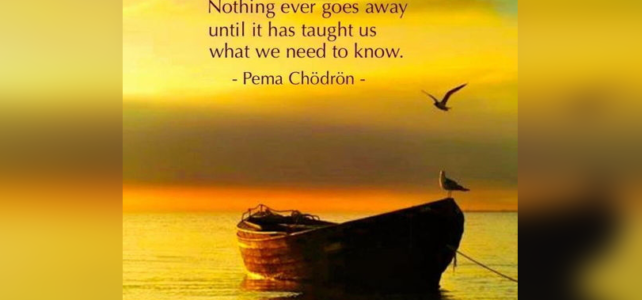
Champaign Urbana Taiji Qigong

In our last blog post we listed 12 words to describe taiji (tai chi). The first on that list was awareness – a word that may not have been on many people’s list. Why awareness? Taiji practice is about knowing…
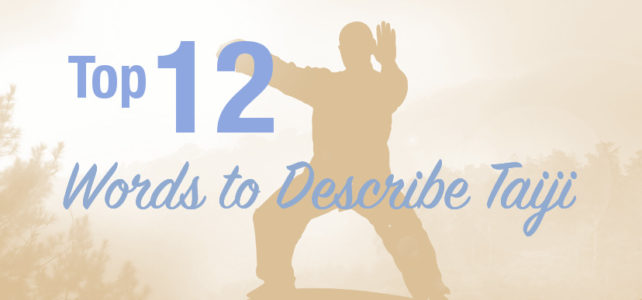
We’ve been posting some rather long and, in some cases, technical articles. I thought here we would strive for brevity while still attempting to convey the essence of taiji (tai chi) practice. What better format, then, than the ‘ole tried…
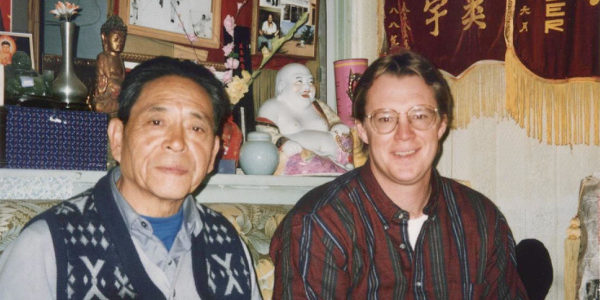
Only because I was Dr. Yang Yang’s student, I was fortunate to have the opportunity to travel to China on several occasions and to meet privately with his teacher, Grandmaster Feng Zhiqiang, at his apartment in Beijing. On my first…

Lessons from sport training Perhaps the most important thing learned from sports, and certainly my own experience in individual combat sports, is the importance of the mind. One must have the physical prowess to compete successfully at more advanced levels…
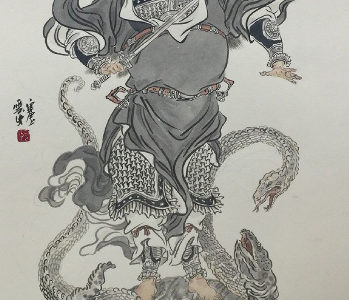
Having examined the mechanisms of internal force (nei jin) in the previous two-part blog entry, we can now take a look at the practice and strategies of taiji (tai chi) as a martial art. This post will be a broad-brush…
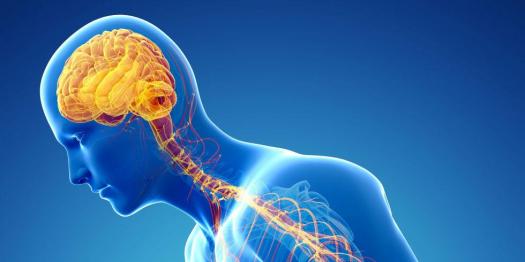
In Part I we examined the classical saying “power is released from the spine,” noting how flexion of the spine and core strength are integral mechanisms of “internal” power. This could be described as the “yang” of taiji (tai chi)…
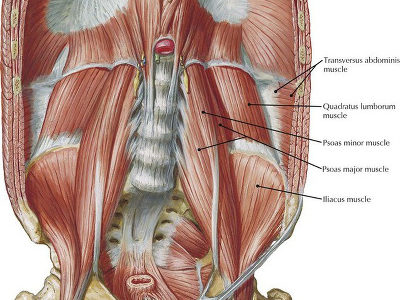
I realized we are four articles into our blog, and have not yet addressed any technical aspects of form. So let’s now take a look at physical mechanisms of taiji (tai chi) movement. There are two primary physical mechanisms of…
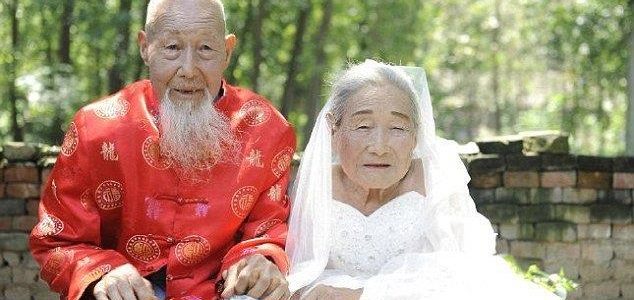
Around 2004 Dr. Yang asked me to take over teaching responsibilities for the Champaign Urbana taiji (tai chi) school that he started while a doctoral candidate at the University of Illinois. Of course nobody could fill his shoes, and I…
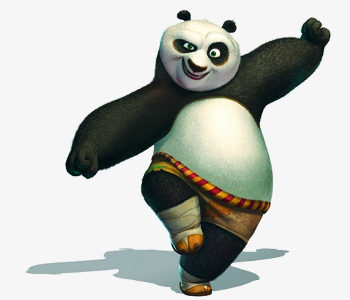
There is a famous traditional saying describing the process of learning taiji (tai chi): from similar in appearance to similar in spirit The taiji classics also say: “no excess, no deficiency.” When we start to learn taiji movement, we try…
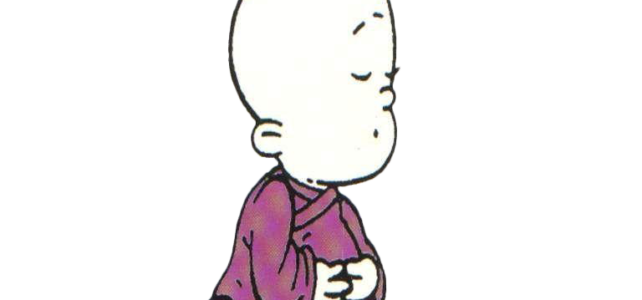
There are many techniques for meditation. Categories include chanting/mantras/vocal toning, awareness (of body sensations, thoughts or emotions, surroundings), contemplation, devotion, and focused concentration. Meditation can be practiced in static (sitting, standing, lying-down) positions or while moving. Prayer is or can…

The duality of complementary opposites, termed yin and yang in Chinese philosophy and symbolized in the taiji diagram, is a fundamental reality of nature and human experience. Like many of you, I assume, I was first introduced to the concept…